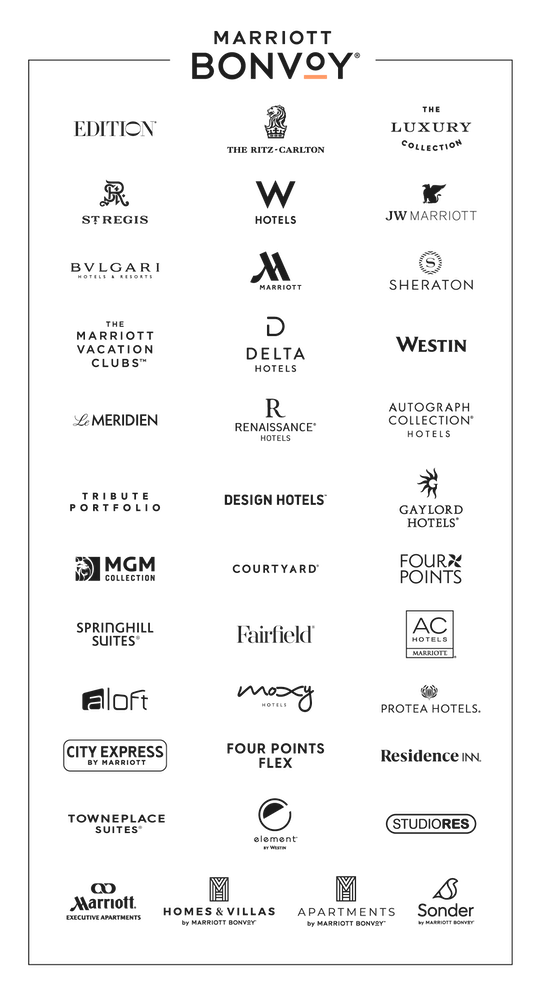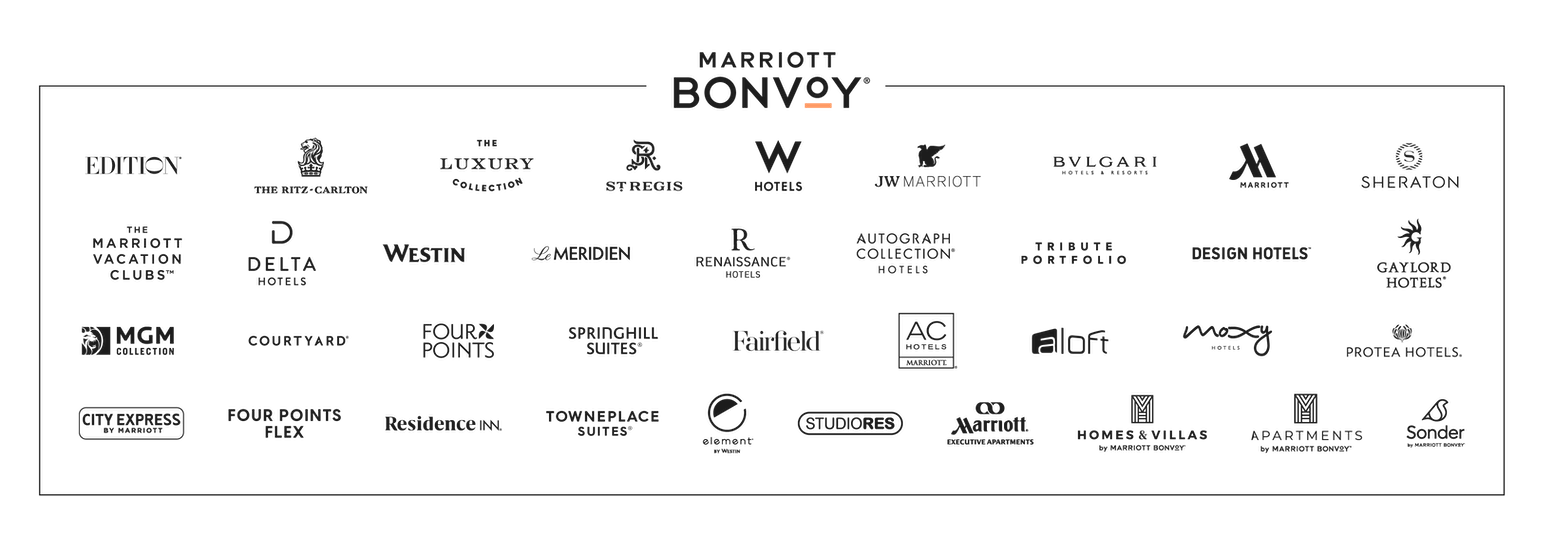6 Ways to Overcome Your Decision Fatigue
When Hillary Clinton told a group of 4,200 meeting professionals that “You make thousands of decisions every day,” she was being conservative. In fact, we make around 35,000 decisions a day, according to some estimates.
But Clinton’s point, shared at PCMA’s Convening Leaders conference in January, goes deeper than the number of decisions planners make. “You need your energy to be high when making the conscious decisions,” she told attendees. “You have to know yourself.”
The cost of not knowing one’s own capacity for decisions takes a toll: It can lead you to procrastinate decision-making, to reach for the first solution that comes to mind instead of the best solution, or to stay suspended in analysis paralysis, poring over the same information ad nauseam without arriving at a choice.
But decision fatigue—becoming drained in the face of constant choice—can be managed. And for planners, whose decisions affect every aspect of an event, that’s the only way to proceed. Read on for six ways to manage decision fatigue.
Decision Fatigue-Buster #1: Identify Peak Performance Times
As Clinton pointed out, you need all your faculties when making the most important decisions. Strategically schedule decision-making sessions—particularly those involving other people’s opinions, which are more cognitively demanding—for a time of day when you’re most alert. Night owls have an added consideration here: Even if you’re most awake later in the day, you may find that your capacity for making decisions is depleted earlier than your energy reserves. Consider trying to schedule meetings involving big decisions for as early in the day as you comfortably can.
Decision Fatigue-Buster #2: Eliminate Decisions
You’ve probably heard about people developing a “work uniform” of similar or identical clothes that work well together without requiring much thought—resulting in one less decision to be made each day. Extend that principle to select parts of your work life. That might mean minimizing the number of personal decisions you have to make (such as having the same lunch every day), and it might also mean developing a streamlined list of suppliers so you can devote, say, your big-ticket RFP energy to where it will make the most impact.
Decision Fatigue-Buster #3: Develop Standardized Evaluation Frameworks
The outcome of decisions may be unique, but developing a standardized approach to making those decisions is useful. You’re probably already considering similar factors when reviewing your options—budget, past experience, attendee feedback, diversity and inclusion, etc. Codifying these by developing a rubric where each option is evaluated and weighted according to the same criteria can help you take some hemming and hawing out of the equation. These can be particularly effective when collaborating on a decision, thanks to the quantitative factor that makes decisions more objective.
Decision Fatigue-Buster #4: Prioritize
Not all decisions need the same level of analysis. Allocate more time and resources to the decisions that are most important, and limit the time you spend on choices whose outcomes have lower stakes. When time is limited, circle back to rule #1 and aim to make critical decisions earlier in the day, before your cognitive overwhelm kicks in.
Decision Fatigue-Buster #5: Take Breaks
You already know the role of rest in self-care. Taking a break helps you make better decisions too. In a 2019 study of 150 nurses working for a health care helpline, researchers found that the further nurses got from their last break, the more likely they were to make a conservative decision, such as deferring a caller to another practitioner. In fact, proximity to a break was more predictive than overall workload of a person’s likelihood of making an inefficient decision. The takeaway? When you’re faced with making a lot of small decisions, give yourself short, frequent breaks to clear your mind.
Decision Fatigue-Buster #6: Talk With Other Stakeholders (and Delegate When Appropriate)
Consider this tip advanced fatigue-busting. The more people you involve in a decision, the more factors you have to consider, ultimately complicating a decision. But as Clinton pointed out about high-stakes decisions like those she faced as United States secretary of state, big decisions require coming together to arrive at the best solution. She stressed the importance of patience even in the face of exhaustion, and pointed out that asking for more information can help inform all parties. And sometimes, depending on the stakeholders involved, you may find that one person is best-equipped to make a decision—and if that’s the case, delegating that choice may be the right path.
If all else fails? Research shows that the coin toss method can help, though not in the way you might think. A 2019 study showed that people who used a coin toss to make a decision helped them stick to their preliminary choice. Treating the flip of a coin as an aid to making a decision, not as a final verdict, can help you streamline extraneous information and get to the root of what you value in your choices.


